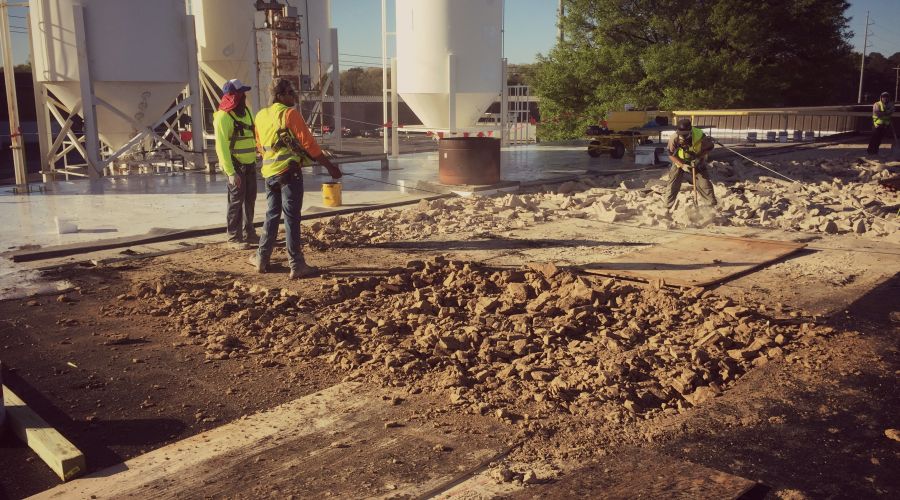
Lightweight, synthetic elastomer material used for roofing since the early 1970s. Resilient, tensile strength, elongation, resistant to ozone, ultraviolet light and ponding water. Available in fleece back, which can be installed in hot asphalt or low rise adhesive.
EPDM roofing (which stands for Ethylene Propylene Diene Monomer) is a rubber elastomer known for its strength and durability. While EPDM has been in use for over half a century, it continues to stand the test of time and provide the balance between coverage and cost-effectiveness that many businesses are seeking.
BENEFITS
In cold-weather environments, EPDM stands up well against freezing and hail damage. Because of its composition, EPDM remains flexible and strong instead of turning hard and brittle in low temperatures.
On the far opposite end of the spectrum, EPDM is also resistant to heat, pushing thermal energy away from your business while maintaining its integrity. It resists aging from ultraviolet exposure, staying flexible and functional instead of breaking or becoming weaker to penetration over time.
Unlike some roofing options, EPDM can be easily repaired. An EPDM roof uses a thermally set membrane at the time of installation, so no curing occurs after initial application, and this allows for simpler modifications and improvements in the future.
These benefits lead to lower upkeep costs, as EPDM can be fixed and recovered from damage that might otherwise lead to a full replacement with different materials. With regular maintenance, an EPDM roof can last as many as 40 years while still providing the same benefits as it originally did. In fact, in some cases of aged roofs, complete EPDM restoration can lead to roof performance as good as or better than the original installation without the same cost or any disruption to business.
EPDM is water and ozone resistant and extremely environment friendly. Because of its durability, EPDM requires less frequent replacement than some other roof systems, thus creating less waste. When it is finally time to remove an EPDM roof for replacement, the membranes are fully recyclable, which allows for even greater waste reduction.
EPDM also does not pollute water runoff and is impermeable to ponding because of its waterproofing qualities. Add this to the low-embodied energy number (the total energy expenditure required to produce it) and EPDM easily stands out as one of the safest roofing products for our planet.
INSTALLATION
When installing EPDM, you may choose between mechanical fastening, ballasting, or adhering it. The EPDM membranes themselves tend to be wide, meaning fewer total seams and less labor for installation. EPDM roofs can also be installed in a relatively short time, and they immediately become fully functional, requiring no time to set.
To Get Started With Your Free Inspection, Call 770-248-5787 or email us.
Our Other Roofing Systems

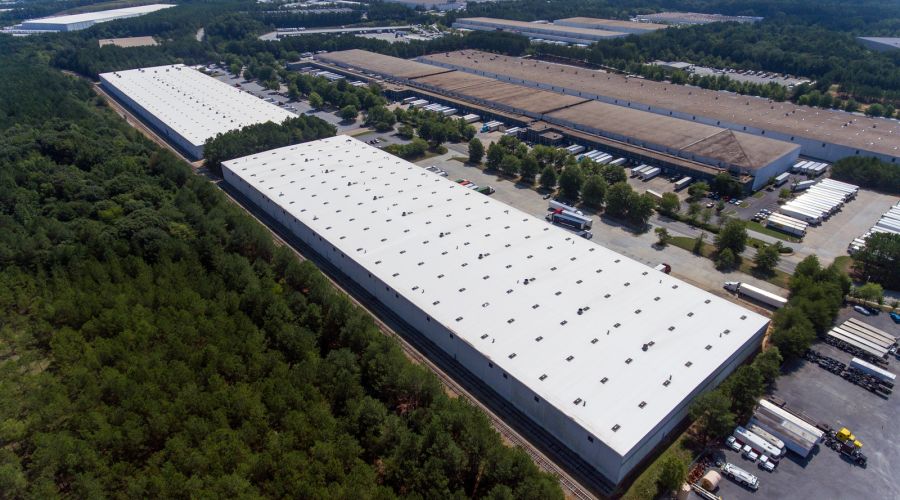
Thermoplastic TPO
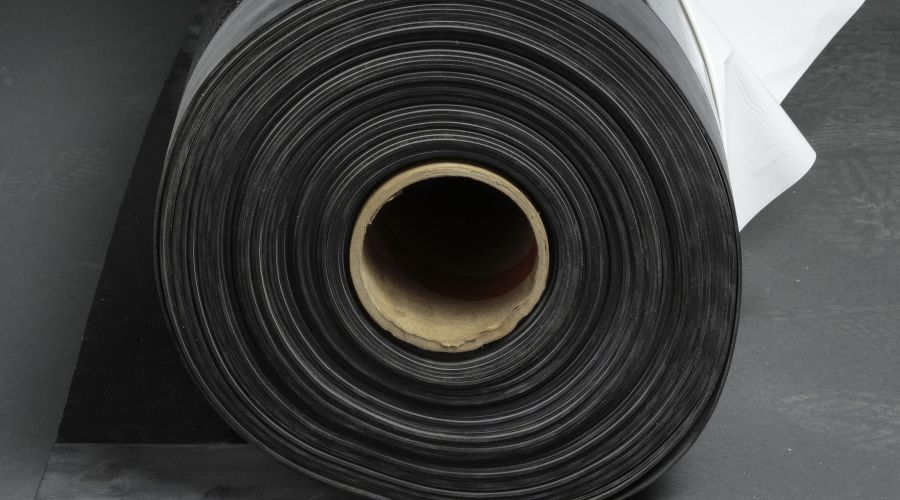
EPDM
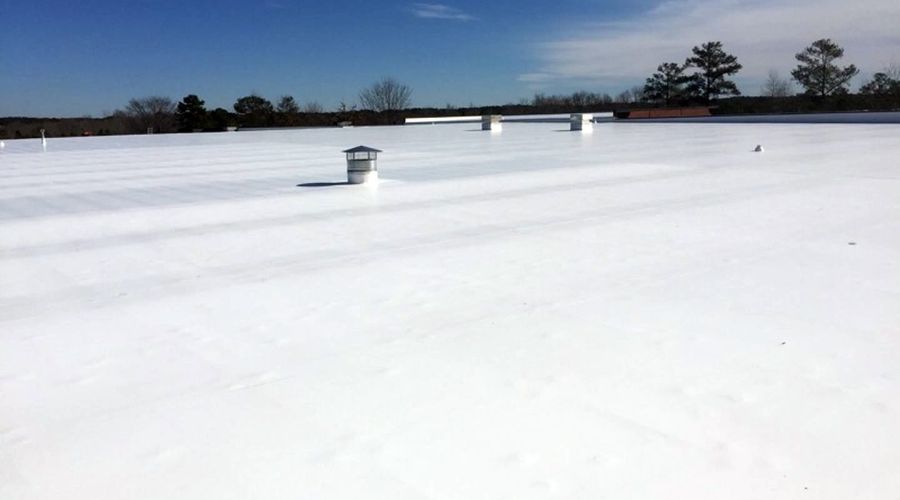
Thermoplastic PVC
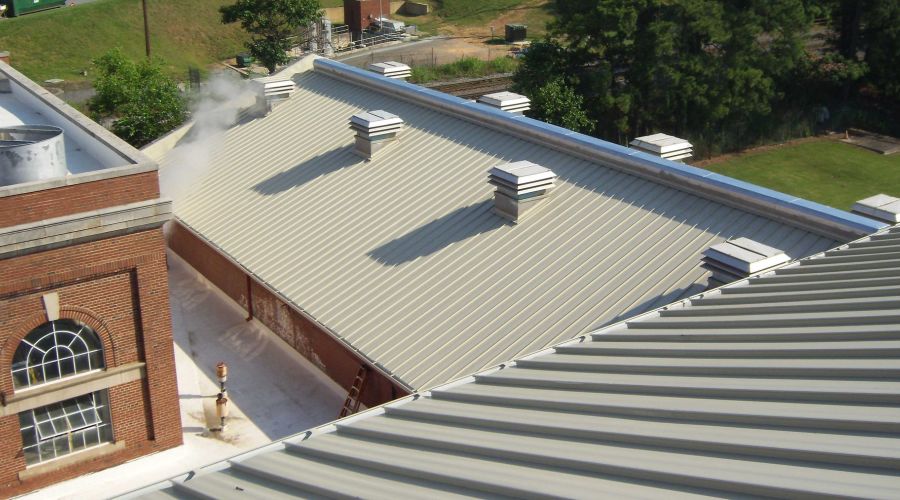
Metal Roofs
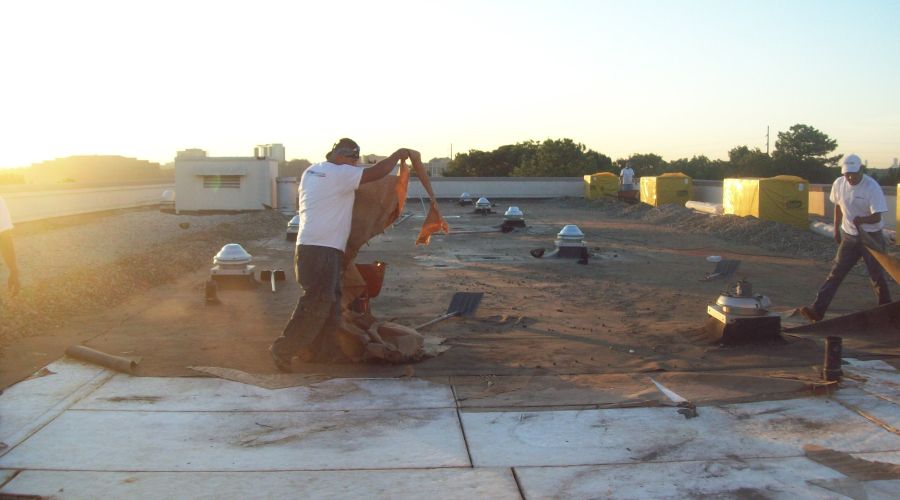
Modified Bitumen
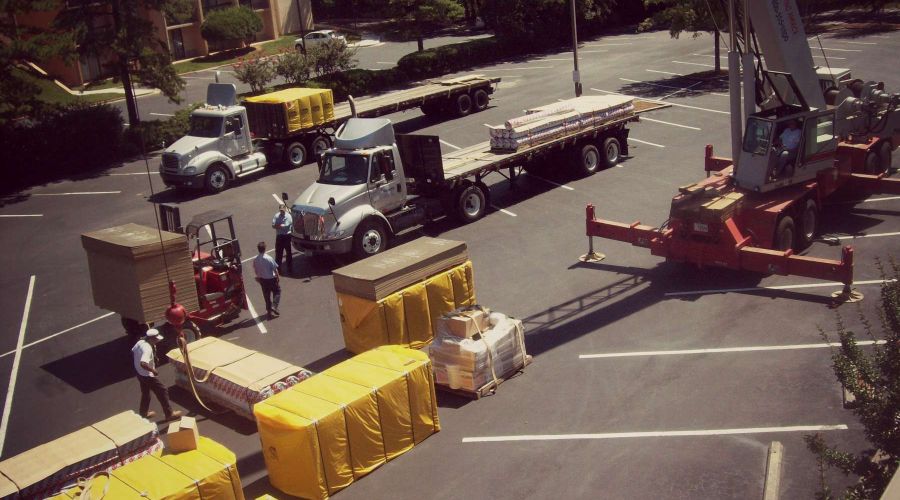
Elastomeric Coatings
